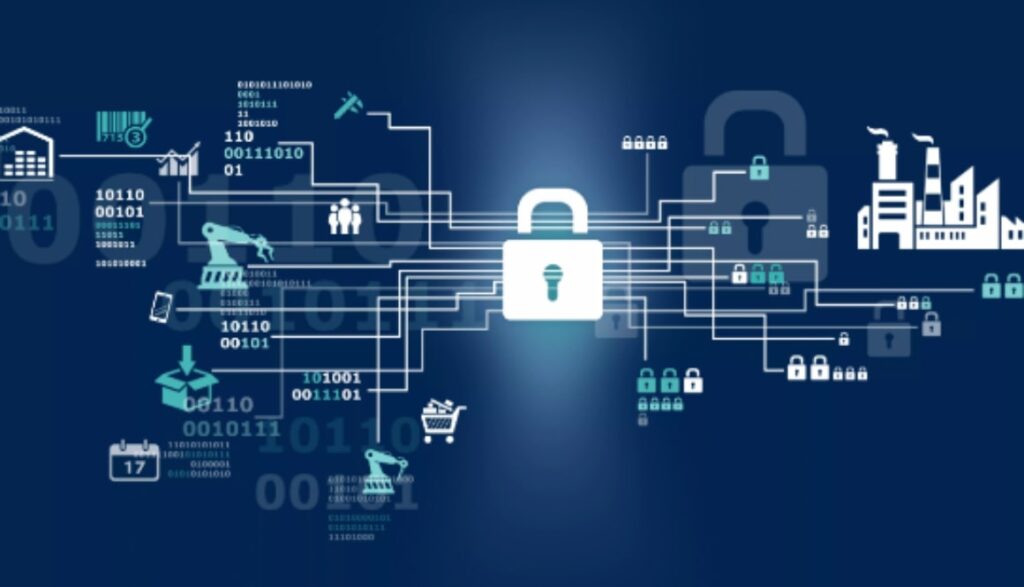Securing Critical Infrastructure from Cyber Attacks

In an era dominated by digital advancements and technological dependencies, the way of securing critical infrastructure has become a paramount concern. Critical infrastructure, encompassing sectors such as energy, transportation, healthcare, and finance, serves as the backbone of modern societies. However, as these sectors embrace digital transformation, they also become more susceptible to cyber threats. The urgency to bolster cybersecurity for critical infrastructure has never been more critical.
The Significance of Critical Infrastructure Security
Critical infrastructure refers to the essential systems and assets that sustain the functioning of a nation, and any compromise in these sectors could have severe consequences on public safety, economy, and national security. The increasing interconnectivity of these sectors through digital networks introduces vulnerabilities that malicious actors can exploit. From power grids and water supply networks to transportation systems and healthcare facilities, each element of critical infrastructure is a potential target for cyber attacks.
The Evolving Landscape of Cyber Threats
The landscape of cyber threats is continuously evolving, with attackers employing sophisticated techniques to infiltrate and disrupt critical infrastructure. Cybercriminals may aim to steal sensitive information, disrupt operations, or even cause physical damage. The motivations behind these attacks range from financial gain to ideological reasons or state-sponsored actions, making the defense of critical infrastructure a multifaceted challenge.
Securing Critical Infrastructure: A Holistic Approach
The key to securing critical infrastructure lies in adopting a holistic and proactive approach to cybersecurity. This involves a combination of technological measures, robust policies, and a commitment to ongoing training and awareness.
1. Cybersecurity Frameworks:
Implementing established cybersecurity frameworks, such as the NIST Cybersecurity Framework or the ISO/IEC 27001 standard, can provide a structured and comprehensive approach to securing critical infrastructure. These frameworks offer guidelines for risk management, incident response, and continuous improvement.
2. Threat Intelligence:
Regularly updating threat intelligence is crucial for staying ahead of potential cyber threats. By monitoring and analyzing emerging threats, organizations can adjust their security measures to address new vulnerabilities and attack vectors.
3. Multi-Layered Defense:
A multi-layered defense strategy involves deploying a combination of firewalls, intrusion detection systems, encryption, and endpoint protection. This ensures that even if one layer is breached, there are additional barriers in place to mitigate the impact of an attack.
4. Employee Training and Awareness:
Human error remains a significant factor in cyber breaches. Conducting regular training sessions for employees on cybersecurity best practices and raising awareness about potential threats can significantly reduce the risk of successful attacks.
Government Initiatives and Collaboration
Recognizing the critical nature of securing infrastructure, many governments worldwide have initiated programs to enhance cybersecurity in key sectors. Collaboration between government agencies, private organizations, and international partners is crucial to creating a unified front against cyber threats. Sharing information and best practices facilitates a collective defense that is more resilient to evolving cyber threats.
Investment in Research and Development
Continued investment in research and development is essential to staying ahead in the cat-and-mouse game of cybersecurity. Innovations in artificial intelligence, machine learning, and advanced analytics can enhance the ability to detect and respond to cyber threats in real-time.
Conclusion
Securing critical infrastructure from cyber attacks is a shared responsibility that requires a concerted effort from governments, private entities, and individuals. The consequences of a successful cyber attack on critical infrastructure are far-reaching, impacting not only the targeted organizations but the entire society. By adopting a holistic approach to cybersecurity, investing in technology and research, and fostering collaboration, we can build a resilient defense against the ever-evolving threat landscape. The safeguarding of critical infrastructure is not just a technological necessity but a commitment to the stability and prosperity of nations in the digital age.






